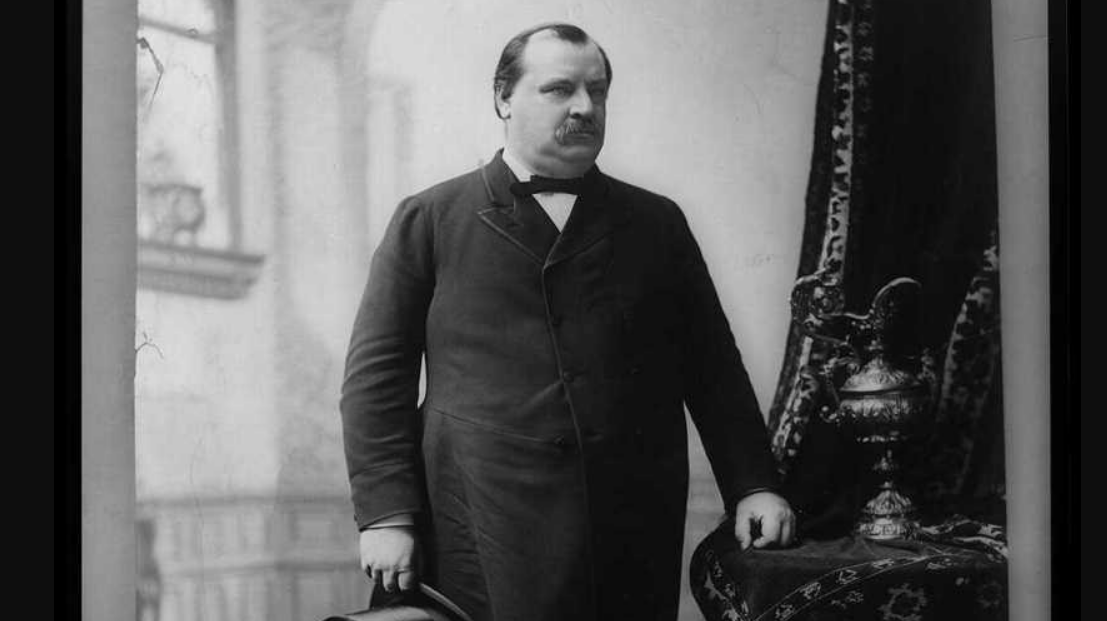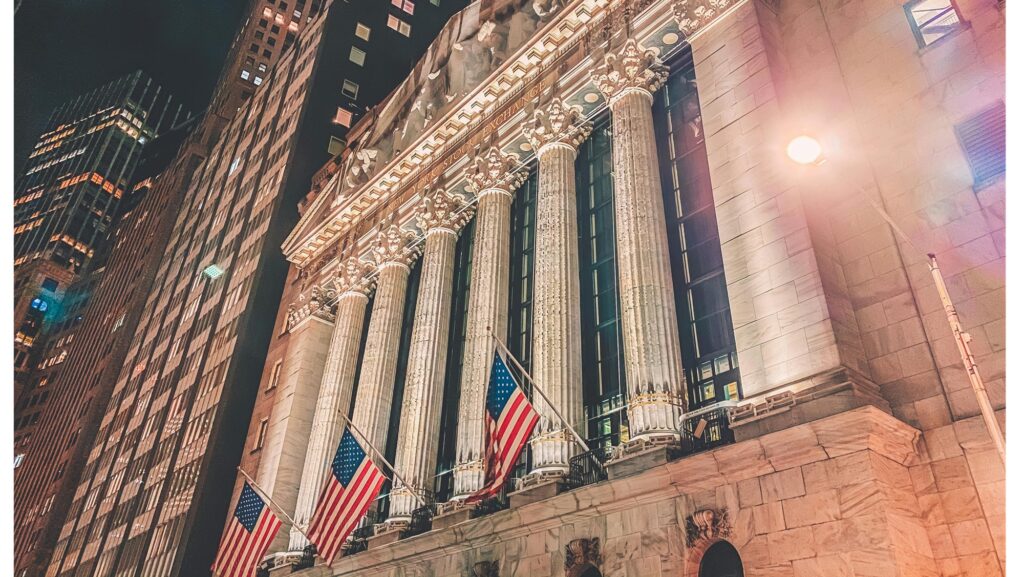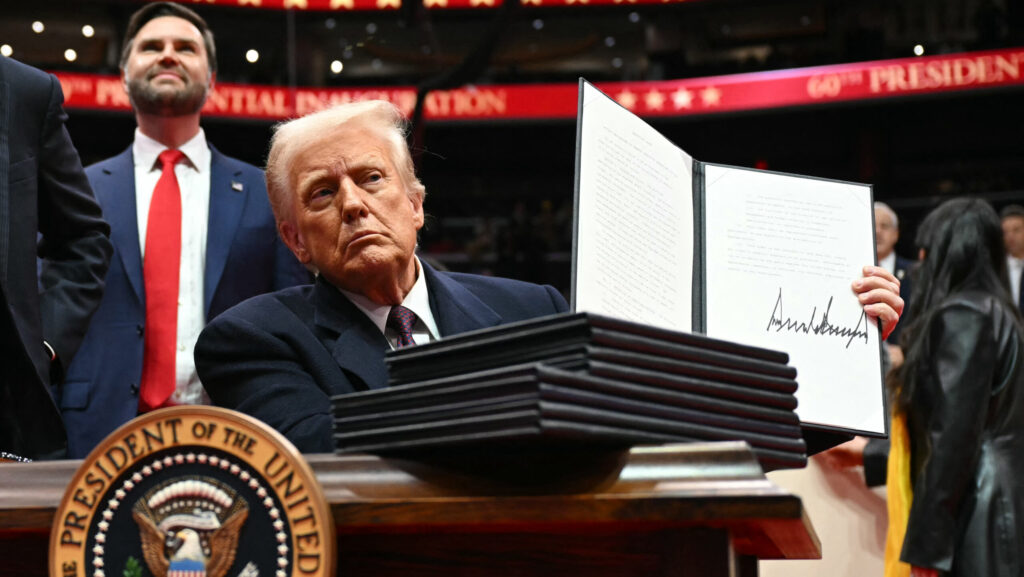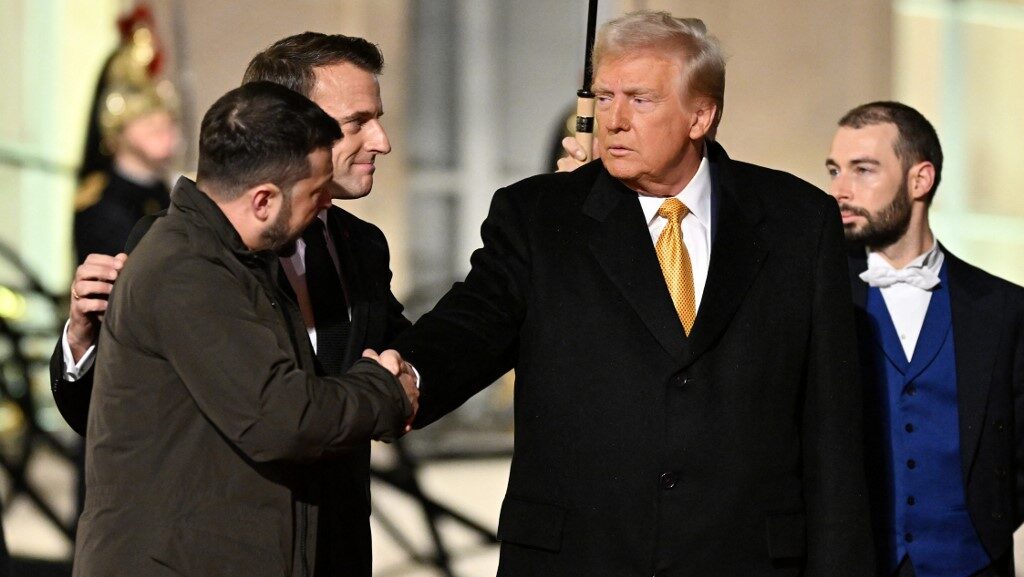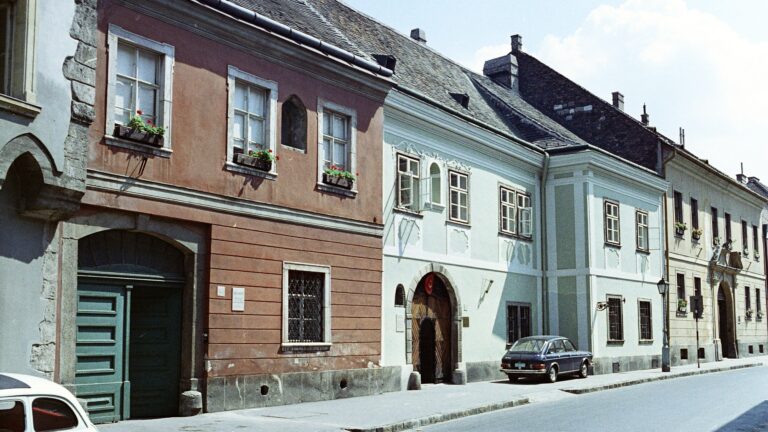The 60th quadrennial presidential election in the United States is in eight weeks, less than two months away. As the campaign season is heating up, let’s take a look at the election of 1892, when Democrat Grover Cleveland became the only President in US history to accomplish what Donald Trump is attempting to do in this election cycle: that is, win a non-consecutive second term in the White House.
President Rutherford B. Hayes honoured his word and did not seek reelection in 1880—not that there was much public goodwill towards him after his extremely controversial election in 1876. However, if Democrats were hoping for sweet revenge four years later, they did not get it. Republicans nominated another Civil War veteran from Ohio, and just in the case of Grant and Hayes, it worked: James Garfield (who was on the infamous Electoral Commission that decided the fate of the previous election) won. His popular vote victory was the closest in American history, he won by just 2,000 votes (!) nationwide.
President Garfield soon became the second US President to be assassinated. His Vice President, Chester Arthur served out the rest of the term but did not seek re-election. In the 1884 election, for the first time after the American Civil War, the Democrats came out the winners at last.
It took a new kind of Democrat, a so-called ‘Bourbon Democrat’ to achieve that. The Democratic Party distanced itself from being nothing but the champion of Southern interest, and instead made things like free trade, fiscal conservatism, and an isolationist foreign policy the focus of its platform. Their support of lower tariffs, however, still favoured the Southern states. What symbolized the break from Southern interest is that the Democrats had two candidates from the North on their ticket: New York Governor Grover Cleveland (who was born in New Jersey) and Former Indiana Governor Thomas A. Hendricks (who was originally from Ohio).
‘In the 1884 election, for the first time after the American Civil War, the Democrats came out the winners at last’
In his first re-election bid, President Cleveland won the popular vote by 0.8 points but lost the Electoral College, mostly due to him losing his home state of New York, against Republican Benjamin Harrison, a Senator from Indiana and the grandson of Former President William Henry Harrison. According to the urban legend, First Lady Frances Cleveland (whom President Cleveland married in the White House as the sitting POTUS) told a White House staffer to keep everything at it was, as they would be back in four years.
Unintentionally, President Harrison did a lot to help his predecessor fulfil his wife’s prophecy. The McKinley tariff, named after future President William McKinley who was the head of the House’s Ways and Means Committee at the time, raised tariffs as high as 48 per cent on certain goods, such as wool. Markets did not react well, with stock prices dropping sharply after the passing of the bill, and the economy tanked.
Furthermore, President Harrison tried to get the Lodge Act passed by Congress, an act to protect the voting rights of black men in the Southern states by federal forces, but failed. Thus, it ended up doing nothing but antagonize Republicans in the South, at a time when the Southern states were on track to become more competitive.
Republicans were shellacked in the midterm election in 1890, losing a whopping 93 seats in the House. It was clear that they were not heading towards a good time in the 1892 election. President Harrison himself was reluctant to run for office again, but eventually decided to do so.
One of the most successful third parties in American history, the People’s Party (better known by its colloquial name, the Populists) emerged on the scene in this election. They were railing against the influence of big business on politics, the big banks, and how the elite was exploiting the common folks in America. Instead of focusing on tariffs like the two major parties, their main campaign message was to abandon the gold standard, and artificially inflate the US dollar by minting silver coins, which should then be given to poor farmers as loans, as they believed this was beneficial to the struggling US economy at the time. This became known as the ‘free silver’ movement and was very influential in the next couple of election cycles in America. With former Iowa Congressman James B. Weaver leading the ticket, the Populists managed to win five states out West, collecting 22 electoral votes, and receiving 8.5 per cent of the popular vote.
It was probably the emergence of the rural voter-focused Populist Party, which attracted more Democrat voters than Republicans, that saved the GOP from a major beatdown in the presidential election. President Cleveland won the popular vote by three points, and won 277 electoral votes against President Harrison’s 145.
Thus, Grover Cleveland became the 22nd and the 24th President of the United States. He is the reason that despite the incumbent Joe Biden being the 46th POTUS, there have actually been only 45 men to serve as President in American history.
Related articles:

